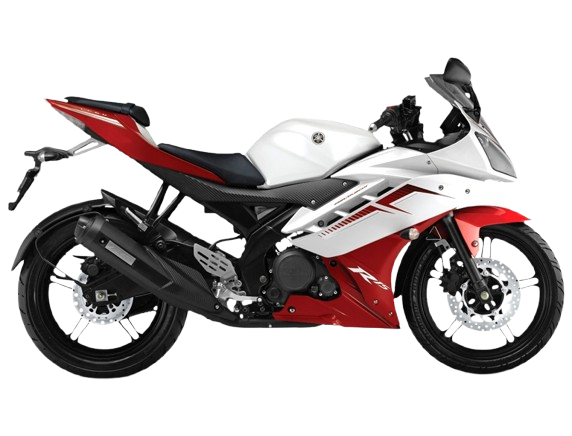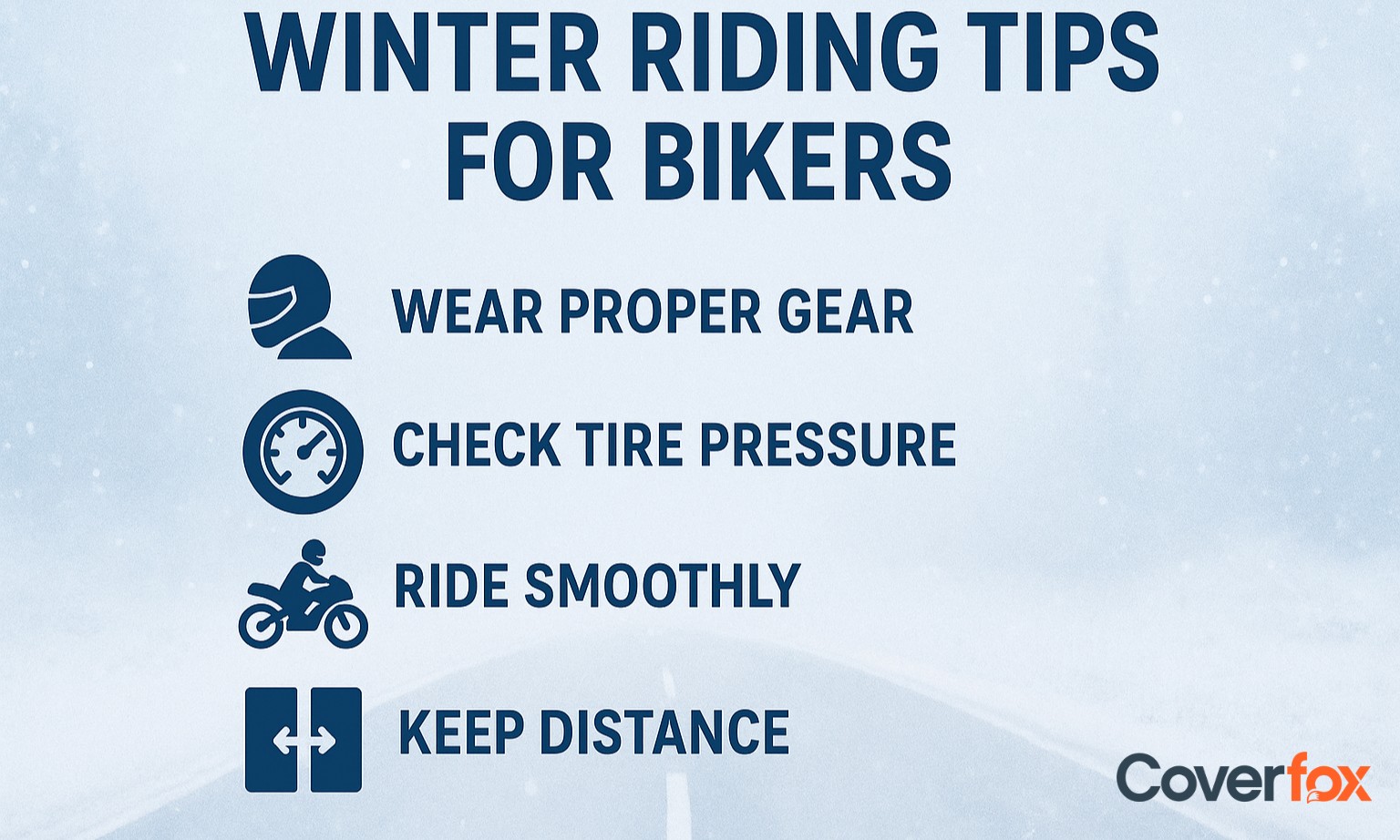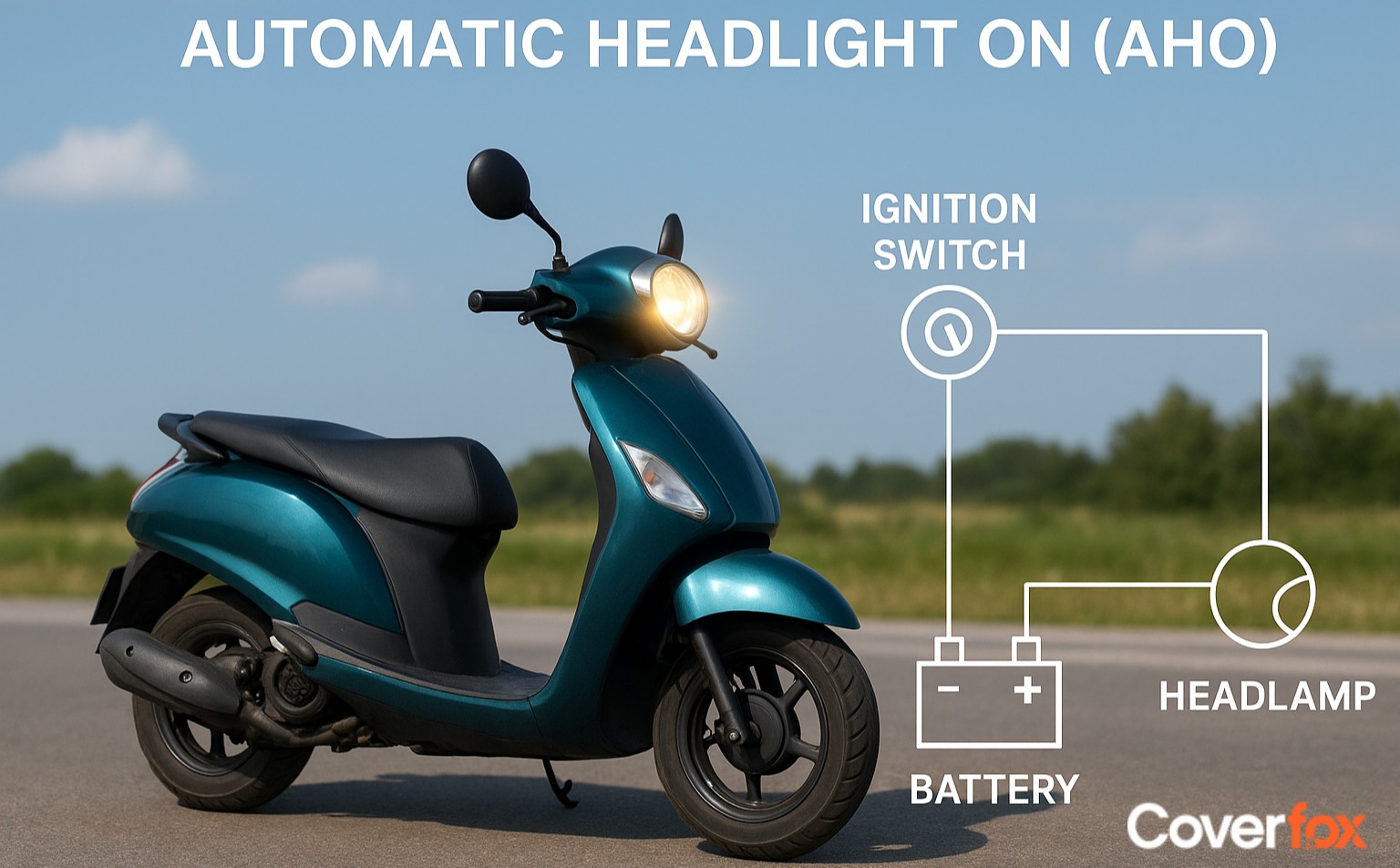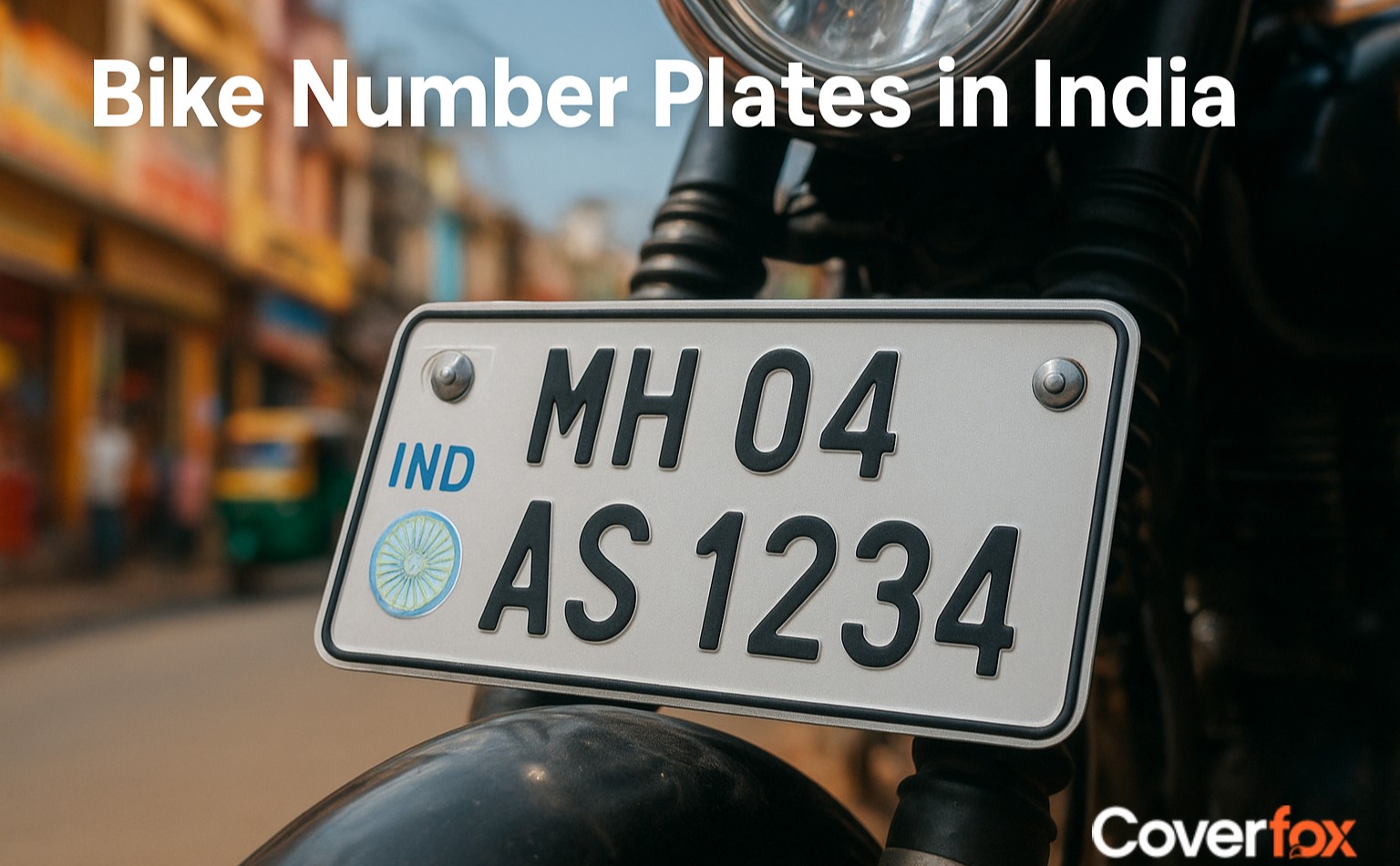Every bike has a set of key identifiers that help differentiate one from another. These include specific codes and numbers, such as the Vehicle Identification Number (VIN), Chassis Number and the Engine Number, which can also be termed as the fingerprint for your bike.
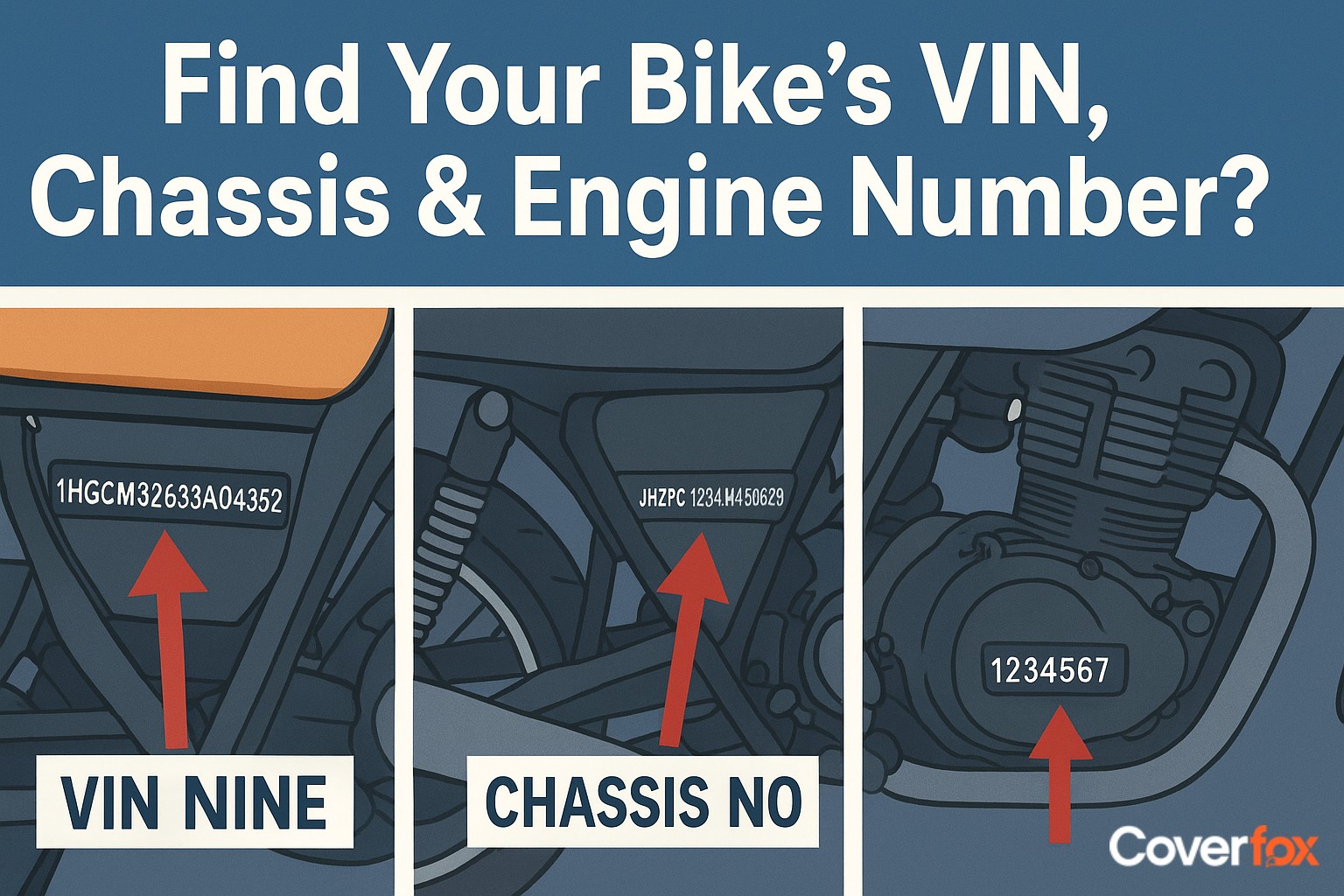
These prove to be crucial not just for vehicle identification but also for registration, insurance claims, theft tracking, and resale purposes.
This guide below covers what is chassis number in a bike, what is vehicle identification number (VIN) in a bike, and the engine number in a bike in detail, along with where to find them—saving you time and trouble during ownership.
The History of VIN (Vehicle Identification Number)
The introduction of the standardised VIN system was first done in the USA in 1954. Gradually, it was adopted by other countries due to the need for a uniform system to identify and track vehicles uniquely across the world. For this reason, there was a collaborative effort between the USA’s National Highway Traffic Safety Administration (NHTSA) and the International Organisation for Standardisation (ISO) to introduce the standardised 17-character format VIN system in 1981.
What Is a Vehicle Identification Number (VIN)?
To explain it simply, a Vehicle Identification Number (VIN) is a unique code consisting of numbers and letters to help identify a vehicle. That means no two bikes can have the same VIN. It usually comprises 17 characters and contains important information such as the manufacturer, model, year of production, and specific features of the vehicle. This number is useful to find a bike’s age, recalls, registration details, information related to the insurance policy, etc.
How to Find a Bike’s Chassis Number or VIN?
Facing trouble locating your VIN or Chassis number in a bike? Here are some areas where they can be found:
| Location | Description |
|---|---|
| Frame | The VIN or chassis number is stamped on the bike’s frame near the steering head or engine. |
| Fork Neck | Found where the front forks connect to the frame; look for a stamped number or small plate. |
| Engine | Sometimes stamped or engraved on the engine casing or parts you can see. |
| Owner’s Manual/Documents | Also written in the bike’s manual, registration papers, or insurance documents. |
Is VIN the Same as a Chassis Number?
While VIN and Chassis numbers are often used interchangeably, there is a slight difference between the two.
VIN
This represents the complete 17-character unique alphanumeric code assigned to each vehicle.
Chassis Number
This is part of the VIN, being the last six characters of the alphanumeric code (VIN) in the bike.
However, they are both used for the same purposes, such as registering the vehicle, checking for safety recalls, making bike insurance claims, and confirming the vehicle’s history and authenticity.
Also Read - Dos and Don’ts While Filing Bike Insurance Claims Online
Key Parts of a Bike’s VIN
To make it easier for classification, the VIN (Vehicle Identification Number) of a bike is separated into various components. These include:
| Component | Character Range | Code Name | Purpose |
|---|---|---|---|
| World Manufacturer Identifier (WMI) | 1–3 | WMI Code | Identifies the vehicle manufacturer and country of origin. |
| Vehicle Descriptor Section (VDS) | 4–9 | VDS Code | Describes key characteristics such as model, body type, and design features. |
| Vehicle Identifier Section (VIS) | 10–17 | VIS Code | Provides unique vehicle details like engine type, transmission, model year, and manufacturing plant code. |
Understanding the Bike’s Engine Number and CC
The Engine number in a bike is the alphanumeric code assigned to the bike’s engine by the factory. It differs from the VIN and helps accurately identify the engine. On the other hand, “CC’’, or cubic centimetres, indicates the engine displacement and is a unit used to measure the size or capacity of an engine. Bikes with higher CC are said to be more powerful and performance-oriented.
You Can Locate the Engine Number in Bike by:
- Checking the engine casing or block (usually the side or bottom of the engine)
- Checking the bike’s user manual or registration certificate for the exact location.
Does a Bike’s CC Influence the Insurance Premium?
While the CC plays a key role, it’s just one of the many factors influencing the premium, as insurance companies also consider a bike’s risk level, make, model, and age, along with the insurer’s internal guidelines. It is said that the higher the cc of the bike, the higher the premiums may be, as these bikes will deliver more power, reach higher speeds, and often cost more to repair or replace.
Also Read - How to Transfer Your Bike Insurance: Step-by-Step Guide
Conclusion
Understanding how to find your bike's VIN, chassis number, and engine number is crucial to keeping your bike safe. These numbers help verify your bike's identity, check for recalls, and track thefts. In addition to this, it is also vital to invest in a bike insurance policy for added security.
With a reliable platform like Coverfox, you can easily compare different two-wheeler insurance plans online and choose one that best fits your coverage needs and budget.
Frequently Asked Questions
Are the Chassis Number and Engine Number the same?
No, both numbers are different. The chassis number is part of the VIN and is usually used to identify the bike’s frame, while the engine number is used to specifically identify the bike’s engine.
What should I do if I can’t find my bike’s VIN?
A bike’s VIN is usually located near the steering head, fork neck or engine. You can check your bike’s registration papers, manufacturer’s manual or insurance documents.
How does a Bike VIN differ from the Chassis Number?
While both numbers can be used interchangeably, the chassis number in a bike is said to be part of the VIN. It is usually the last six characters of the bike’s VIN.
How many characters are there in a bike’s VIN?
A VIN (Vehicle Identification Number) is an alphanumeric code consisting of 17 characters.
Is there a fixed spot to locate a bike’s chassis number?
While it is usually found on the bike’s frame, the location may vary depending on the manufacturer.
